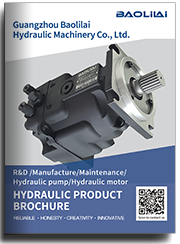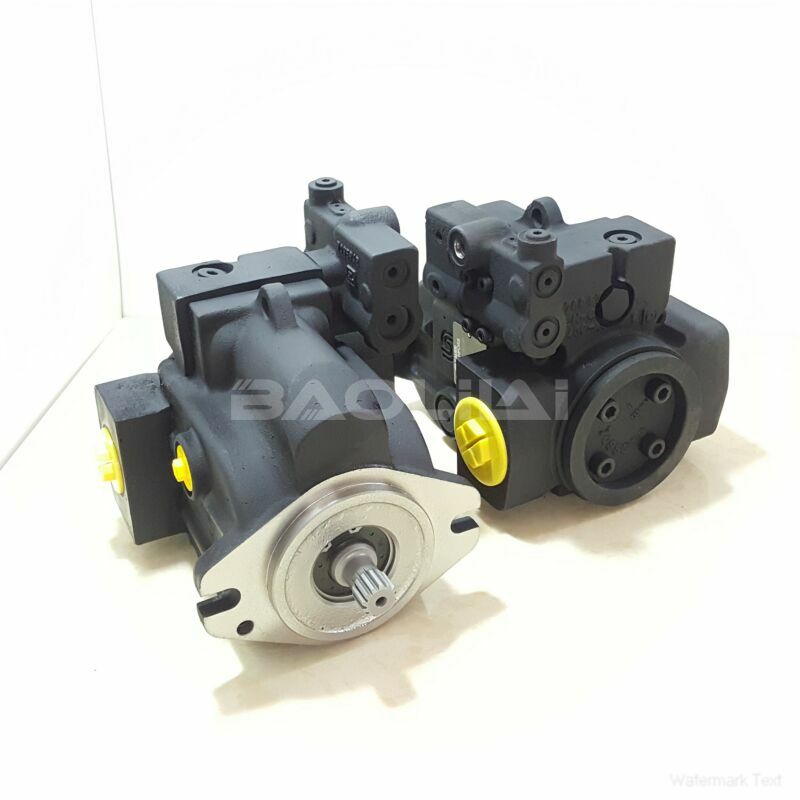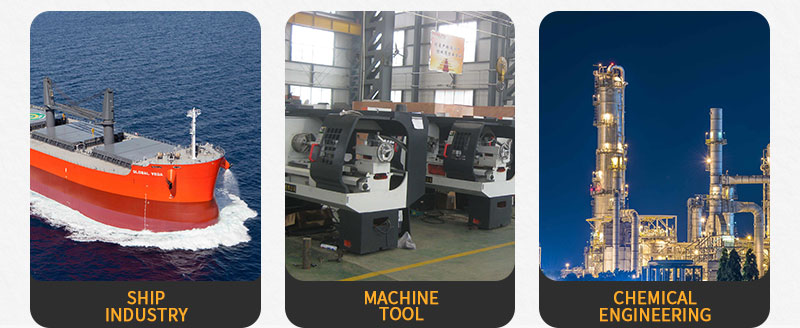LRR025CPC21NNNNN3C2NGA6NKNBNNNNNN sauer danfoss pump
LRR025CPC21NNNNN3C2NGA6NKNBNNNNNN sauer danfoss pump

- Product Details
- Applicable Scene
In the world of modern manufacturing, laser cutting has emerged as a revolutionary technology, enabling precision cutting of various materials with minimal waste. One of the key components that significantly enhance the effectiveness of this process is the high-pressure pump. High-pressure pumps play a critical role in improving material handling and overall efficiency in laser cutting applications. This article explores how these pumps contribute to superior material processing.
LR-R-025C-PC-21-NN-NN-N-3-C2NG-A6N-KNB-NNN-NNN
LRR025CPC21NNNNN3C2NGA6NKNBNNNNNN
High-pressure pumps deliver water, air, or other fluids at pressures necessary for optimal laser cutting operations. The primary function of these pumps is to create a controlled flow of assist gas, typically oxygen or nitrogen, which is essential during the cutting process. This assist gas helps in removing molten material from the cutting area, ensuring a clean and precise cut. The pumps maintain consistent pressure and flow, which is vital for achieving uniform cutting quality across different materials and thicknesses.

7005245S
One of the distinct advantages of high-pressure pumps is their ability to adapt to various materials being cut, ranging from metals to plastics and composites. Each material has unique properties that affect the cutting process, such as thickness and density. High-pressure pumps can adjust the flow rate and pressure to match the specific requirements of the material, thereby enhancing the performance of the laser cutter. This adaptability ensures that operators can achieve optimal cutting speeds and kerf widths, significantly improving material handling efficiency.
Moreover, high-pressure pumps help in reducing heat-affected zones (HAZ) during laser cutting. By effectively cooling the cutting area and evacuating debris, these pumps minimize thermal shock to the surrounding material. This not only preserves the material’s integrity but also reduces the chances of warping or other heat-related issues. As a result, manufacturers can handle and utilize materials that are more sensitive to heat, expanding the range of applications for laser cutting technologies.





